Symphony No. 1
Notes by Michael-Thomas Foumai
DAI-KEONG LEE (1915-2005)
Symphony No. 1 (1946)
I. Adagio con anima - Allegro con brio
II. Andante espressivo
III. Allegro animato
THE 40s: FRAMING THE WORK
The 1940s, the decade that Dai-Keong Lee composed his First Symphony, is stained by World War II (1939-45). With the bombing of Pearl Harbor on December 7, 1941, America entered the Second Great War, and Lee with it. By 1946, Hawai'i was still a territory of the United States, with John Henry Wilson as mayor of the City and County of Honolulu. Republican delegate Joseph Farrington introduced H.R. 49 in 1947, positioning Hawai'i for statehood, and Hawai'i Standard Time was established two hours earlier than Pacific Coast Time.
HAWAI'I BORN
Born in 1915 in Honolulu, Hawai'i, Lee studied composition with Roger Sessions at Princeton, Frederick Jacobi at the Juilliard School, and Aaron Copland at the Tanglewood Music Center. The American Academy in Rome awarded Lee its Bronze Medal for composition in 1942. A series of high-profile orchestral performances followed, including the Hawaiian Festival Overture with the New York Philharmonic and Introduction and Allegro for Strings and Essay for Chamber Orchestra (re-titled Golden Gate Overture) with the CBS Symphony Orchestra. In 1943 RCA Victor recorded Prelude and Hula with the National Symphony Orchestra. Enlisting in military service, Lee continued to compose on active duty. In his tour of New Guinea, he completed An Overture in C and Pacific Prayer, the latter premiered by Leopold Stokowski in 1944. His Second Symphony premiered under Pierre Monteux with the San Francisco Symphony Orchestra and was runner-up for the 1952 Pulitzer Prize.
THE MUSIC OF DAI-KEONG LEE
Fusing Polynesian musical idioms within Western concert music is a hallmark of Lee's interests. His Polynesian Suite (1958-59) was composed for the 1960 celebration of Hawai'i's admission as the fiftieth state, with its first performance by the Honolulu Symphony Orchestra under the direction of George Barati. The 50s saw the emergence of Brutalist architecture, and Lee's musical vocabulary is cut from the same modernist cloth emphasizing structural lines and clarity of shape; a trend in the music of the 40s that embraced a neo-romantic and classical lineage through the innovations of Igor Stravinsky and Béla Bartók. At 20 minutes, the First Symphony is far shorter than any Romantic-era symphonies. However, it is characteristic of the mid-century American symphony with its abbreviated run-time, academic construction, angular and lyrical melodies, aggressive rhythms, and dissonant yet approachable harmonies.
A WAR SYMPHONY
"Work began on the score during the summer of 1941, during a course of study with Aaron Copland at Tanglewood," recalls Lee. "Only two movements were completed at the time of the outbreak of war." In 1943, the completed parts of the Symphony were performed in Sydney with the Australian Broadcasting Company Symphony Orchestra conducted by the composer (he was on leave). When Lee left the Armed Forces in 1946, he finished the work and Howard Hanson performed it with the Eastman-Rochester Symphony Orchestra on October 21, 1947. The score was later revised, and this final version was premiered by Leon Barzin and the National Orchestra Association at Carnegie Hall in New York on January 8, 1951. In attendance, American composer Virgil Thomson (1896-1989) reviewed the work for the New York Herald-Tribune:
"The music does move forward and it moves in response to the composer's will. That will seems to demand that the music express his thoughts, his own real, personal and private universe. And surprisingly, it ends by doing so. This Symphony exploits no technical ideas of experimental or advanced character. Neither does it indulge in demagogy. It sings a lyric line and it declaims. And what it sings, what it declaims is personal poetry, not borrowed attitudes."
I. ADAGIO CON ANIMA — ALLEGRO CON BRIO
"The first movement, Adagio con anima — Allegro con brio, is a passacaglia and fugue — the initial theme being announced by the lower strings," says Lee. Although the theme repeats, it is continuously developed. The rhythm and the surrounding music ever marching in change; parallel to a soldier's evolution. If there are traces of the Second World War in this music, it resides in the works near constant contrapuntal workings, a rhythmic Morse code, and its battle-like division of the orchestra. Thickly orchestrated bursts divide quieter but no less restless passages of music. An intimate moment marked by a solo flute leads to a string chorale of steady half notes. It is a peaceful but fleeting moment; this thematic character is conscripted as the counter-subject in the movements "Grosse" war, the fugue.
II. ANDANTE ESPRESSIVO
"The second movement — Andante espressivo — is in three-part song form," says Lee, and it features the composer's solemn and heart-wrenching lyricism. Cellos begin with a wandering line, and other strings enter with layers of sorrow. Solo trumpet eventually takes the lead in a grave musical memorial; other wind instruments enter for a final gathering. Finally, the movement ends mirroring the last hope-filled A-major harmony of the first movement.
III. ALLEGRO ANIMATO
The first and third movements are joined thematically. Lee explains, "The finale…is a modified sonata-allegro that recalls early sections of the passacaglia movement. The close brings back the passacaglia motive in augmentation under high-string ostinato figuration." A brass fleet in Morse code opens the finale to fanfare, and the style of the first movements returns magnified with orchestral artillery. At the midway point, two blasts of dissonant chords bring about a screeching halt (marked Largamento); it's the first time in the Symphony that the whole orchestra plays the same rhythm. This atomic-like event repeats once more. Finally, the passacaglia theme returns, but it is battle-hardened. In the beginning, cellos and bass presented the theme whisper soft and hesitant. Its victorious return in the brass is heroic and terrifying, a sleeping giant awakened. The score calls for three flutes, two piccolos, two oboes, two clarinets, four horns, three trumpets, three trombones, timpani, cymbals, and strings.
Dai-Keong Lee was born on September 2, 1915, in Honolulu, Hawai'i, and died on December 1, 2005, in New York City.

